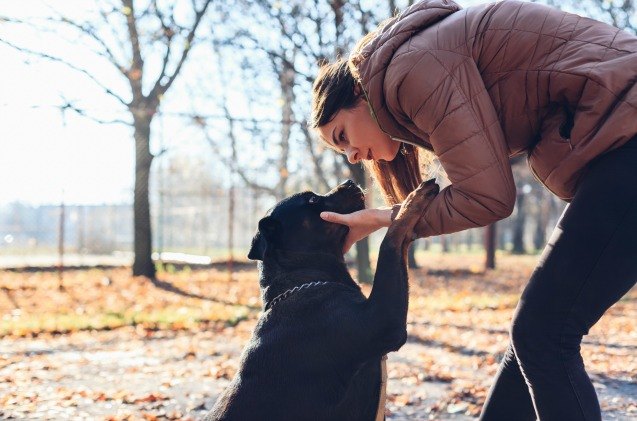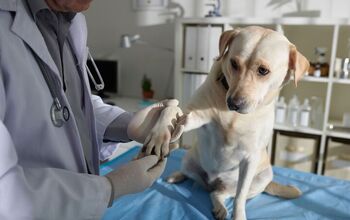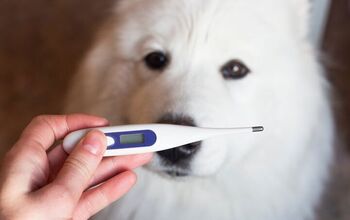Study: Your Dog’s Experiences Let Him Know If You Are a Good Human

I’ve always thought it…if a dog doesn’t like you, there’s gotta be something not quite right about you. Okay, I kid. Well, only halfway. I do think dogs have somewhat of a sixth sense when it comes to knowing someone is just not a nice person, and I’m not alone.
Now researchers tell us that exposure to humans is what is linked to their ability to judge humans, and how they come to view people, particularly whether they are generous or not.
Related: Study: Your Dog Really Is Giving You Puppy Dog Eyes
Researchers from Argentina looked at three groups of dogs. One group (Group FD, family dog) had 13 dogs who had lived with their human families for at least a year. One group (Group SHD, shelter dog) were all from the Soplo de Vida Shelter in Argentina, and the assumption was that group of dogs had some experience, though mixed, with humans. The third group was 15 puppies who were barely 2 months old. They all had lived with families since they were born.
The researchers also had experimenters who were considered generous because they’d let a dog know there was food there and encourage them to eat it, and experimenters who were considered selfish because they’d alert the dogs to food in a room, but ate it before the dogs could get to it themselves.
A training phases that taught the dogs where food would be and how to access it with both the selfish experimenter and the generous experimenter, the dogs were then given a choice to go to the person of his or her choice when released from their leash.
They found that to be the case in both the dogs who had lived with families and dogs who had been in shelters, and wasn’t based on the quality of interaction with people (whether loving or neglected) as much as it was the quantity of experience.
That said, even though the adult shelter and family dogs were more able to identify the generous experimenter, they didn’t respond the same. The shelter dogs took longer to learn that the generous person was most likely to have and share food. They seemed to be a bit more suspect of the experimenters even pointing to the food, which led the researchers to believe that the shelter dogs may have been skeptical of a human’s kindness.
The also discovered that the adult family dogs watched the humans more than the shelter dogs, as if to lock into what the experimenter was going to do, where the shelter dogs were more food-focused. Again, they believe the adult dogs’ experiences with families had taught them what to look for when assessing a person’s attitude toward them.
Related: Study: Dogs Sync Behaviors With Humans Without Being Told To
They believe also that shelter dogs needing more time to assess humans was most likely because their everyday contact interactions with people were probably fewer than the family dogs, and they had fewer opportunities than family dogs to associate people with treats or rewards than a family dog did.
Which makes my heart hurt, but makes me hopeful that as we learn this, we can continue to work on shelters being places where even homeless dogs learn to know people who love them and care for them, and all dogs’ experiences with humans lead them to believe us to be worthy of their love.

More by Lori Ennis























